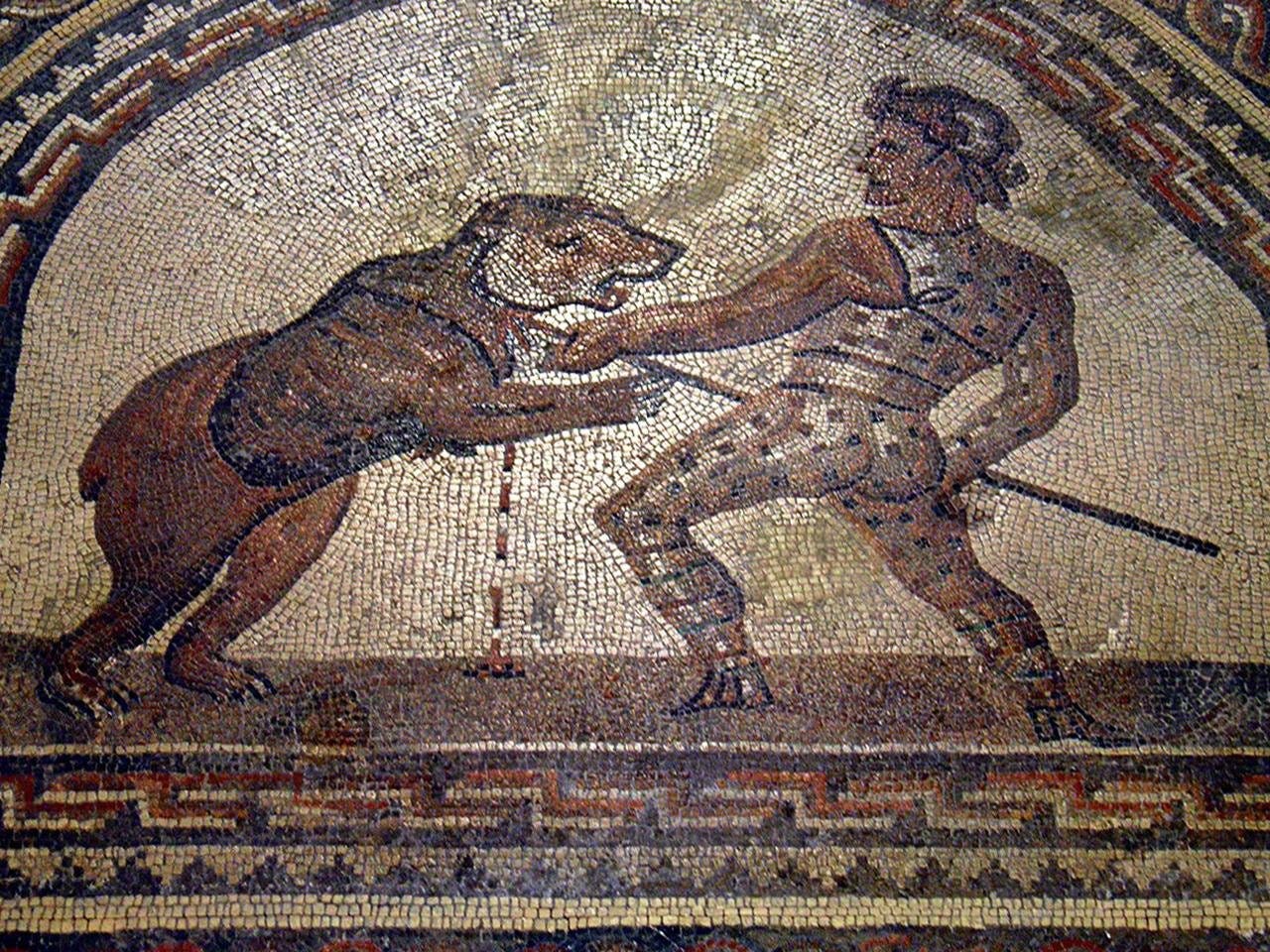Archaeologists discover the first physical evidence of Roman gladiators fighting bears found in Serbia
Latest News
Reported by Archaeology News:
Archaeologists in Serbia have unearthed dark new evidence of the brutal entertainment practices of the Roman Empire. Excavations at the site of Viminacium, a former thriving military base and provincial capital on the Danube border, revealed the fractured skull of a brown bear that was forced to participate in the bloody clashes of the amphitheater about 1,700 years ago.
The discovery, published in the journal Antiquity, is the first direct physical evidence that brown bears were used in Roman arena games. While written records and artwork have long indicated their use, no bone remains had ever conclusively established it until now.
The skull, belonging to a six-year-old male brown bear (Ursus arctos), was uncovered near the amphitheater entrance during the 2016 excavation. Multidisciplinary analyses revealed a somber story of prolonged captivity, repeated combat, and eventual death from an untreated injury. Radiological and microscopic examinations found that the animal had suffered a severe blow to the forehead — likely from a spear or other weapon held by a bestiarius, a fighter who battled with animals. The fracture did show signs of the healing process, but also massive infection, meaning the bear survived one fight only to die of disease before it could recover.
The skull showed highly worn teeth and jaw damage due to cage-chewing, a stress response common in captive animals. Researchers concluded that the bear had spent years in captivity, probably participating in many spectacles before meeting its end. Other animal remains, such as those of a leopard, were found in the area, confirming the amphitheater as a site of animal slaughter.
Read more here.



